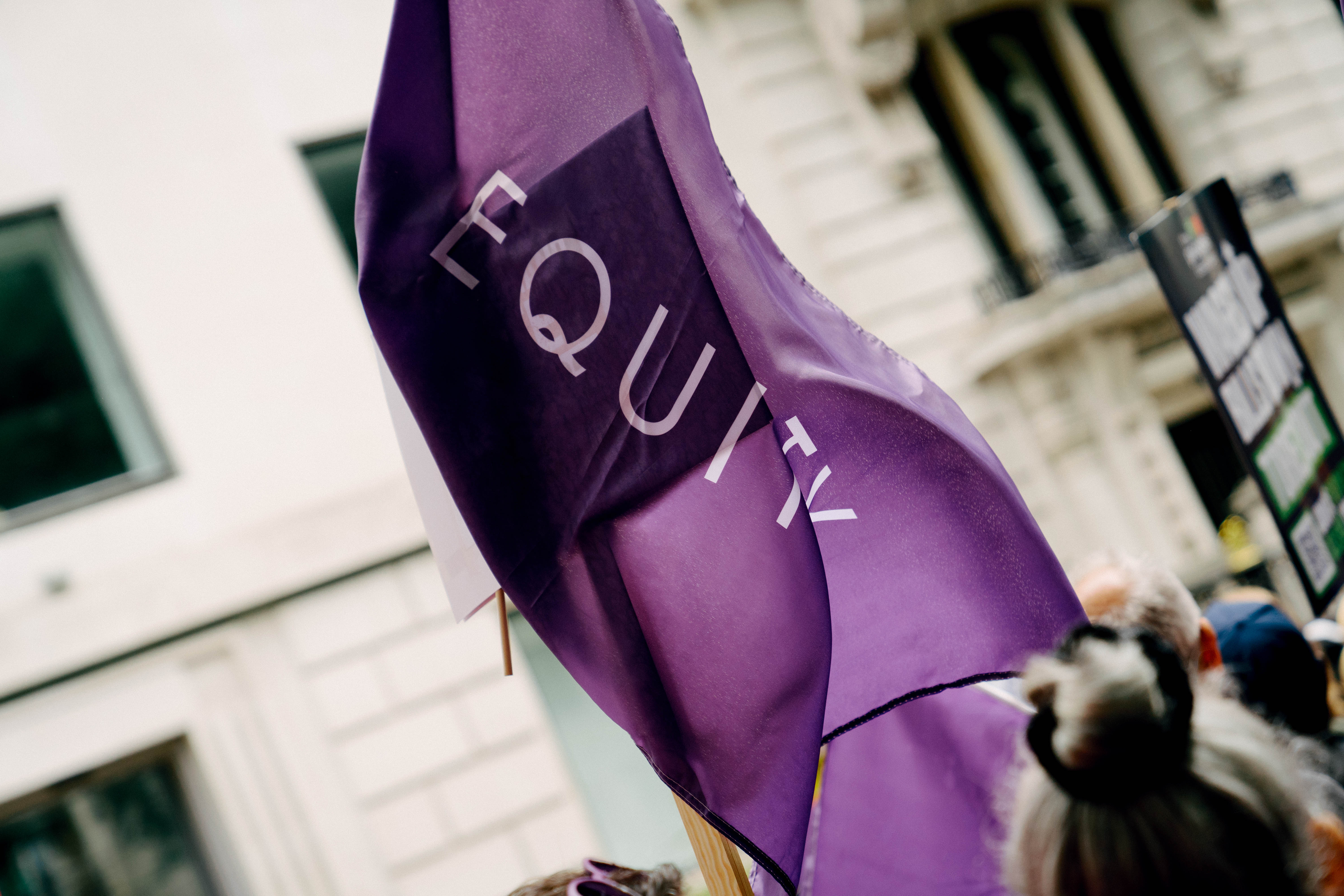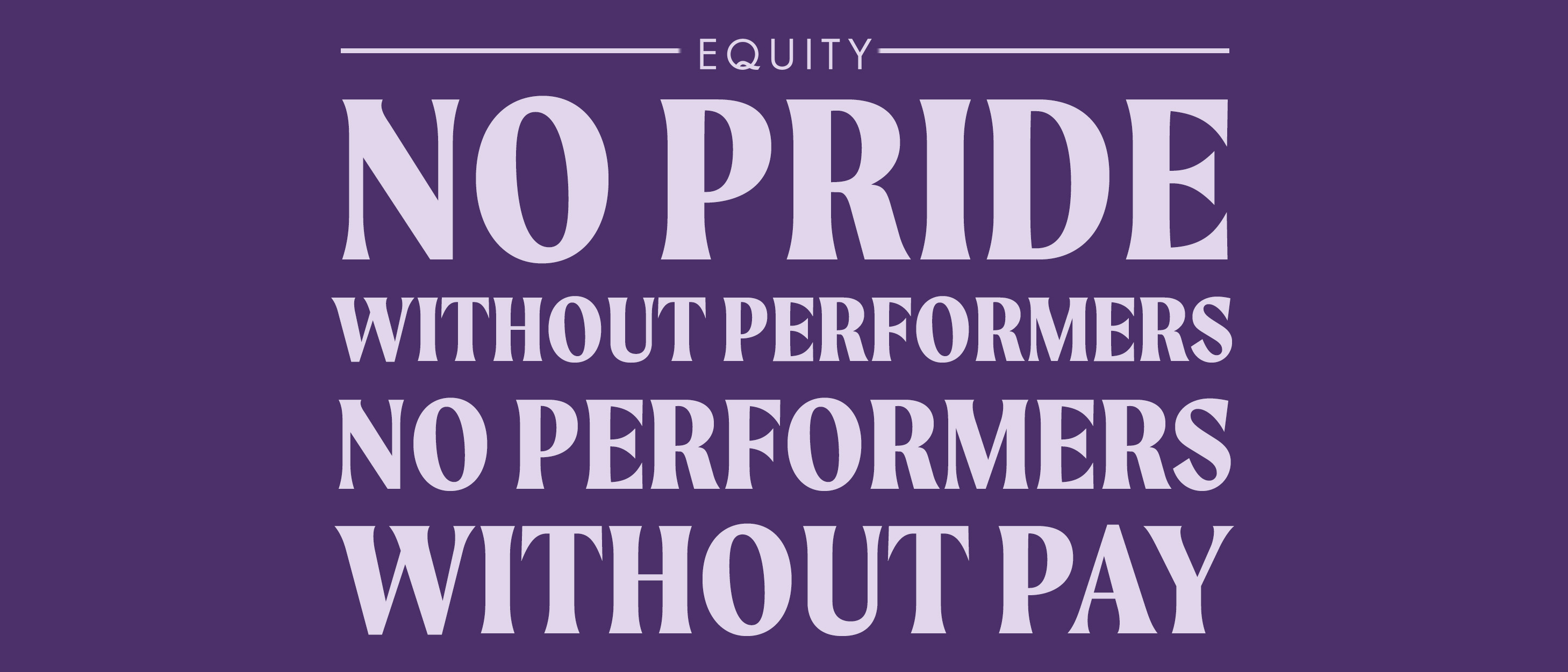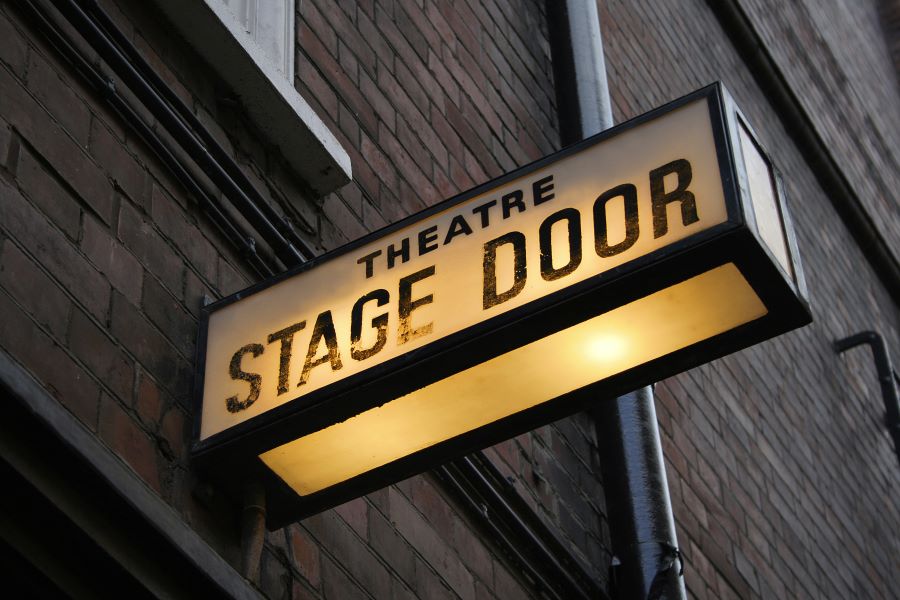In any civilised community the arts… must occupy a central place. Their enjoyment should not be regarded as something remote from everyday life.
Jennie Lee, A Policy for the Arts
25 February marks the 60th anniversary of A Policy for the Arts – First Steps, Jennie Lee’s 1965 white paper setting out a vision for the arts with a clarity and purpose that hasn’t been matched by any government since.
Lee set out a case for the arts which included the need for arts education, working class participation, support for young artists, decent funding, regional equality, well maintained local venues and building a sense of pride in the arts.
Lee’s proposals aimed to give all artists good work, and all workers good art. For Lee, art, creativity, joy and beauty were for everyone, not just the privileged few. The government should ensure that art was both created by and enjoyed by the working class. To Lee, the arts were something that a government should fight for and fund, just as previous Labour governments had fought for health and education provisions that had improved the lives of ordinary people.
Commenting on the anniversary Paul W. Fleming, Equity General Secretary said: "60 years ago today, Jennie Lee's pioneering White Paper set out an ambitious, socialist vision 'to bring the best of the arts within reach of a wider public'.
"Equity today celebrates the anniversary of this bold plan for our industries. But in doing so, we strive to see much more progress made towards its ambitions for more government support for artists, regionalisation of art production, and better funding for our industries.
"UK investment in the arts and entertainment still falls well short of the European average of 0.5% GDP spending on the arts. If the government is serious about continuing Jennie Lee's vision by nurturing these growth sectors, they must set out a roadmap to compete with our European neighbours."
Jennie Lee
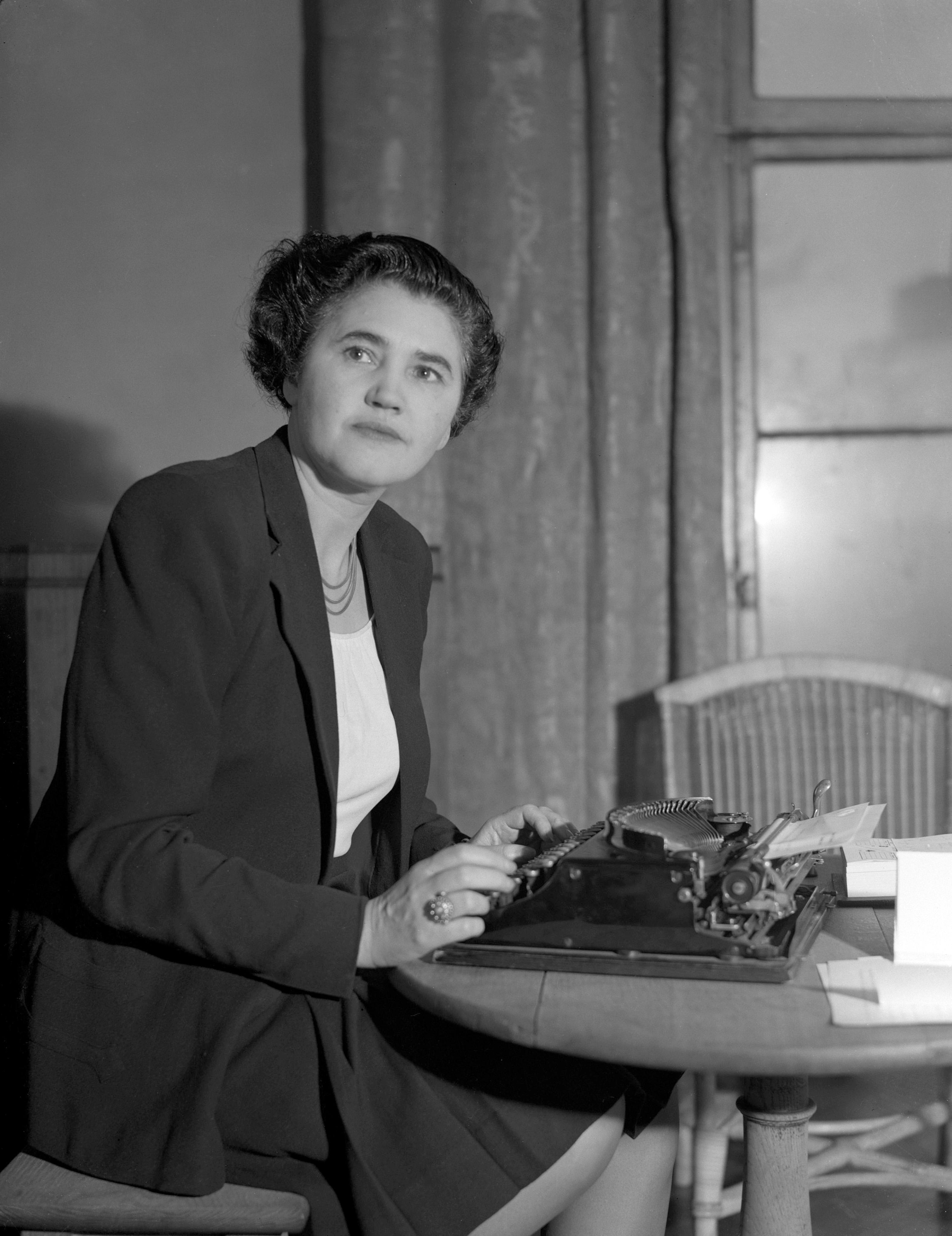
Born in 1904 in a Scottish coal mining family, Jennie Lee grew up in the socialist and trade union tradition. Lee joined the Independent Labour Party (a left-wing group that was affiliated to the Labour Party until 1932) and spent her early career working as a teacher. In 1929, aged 24, she became an MP and was the youngest female member of the House of Commons. Lee lost her seat in 1931 and worked as a journalist until she was re-elected in Labour’s 1945 landslide. Lee focused her journalism and activism on international solidarity, in particular reporting on and supporting the Spanish Republic against the fascists during the Spanish Civil War. Lee was married to Aneurin Bevan, who oversaw the implementation of the NHS.
Lee served as Minster for the Arts between 1964 and 1970 where she turned her radicalism into practical legislation. As well as producing a white paper which transformed arts in Britian, Lee renewed the charter of the Arts Council in 1967 which led to the flourishing of arts in the regions and the creation of new venues, including London’s South Bank Centre. Lee also set up the Open University in 1969.
A Policy for the Arts
On coming to office in 1964 Harold Wilson decided that greater priority must be given to the arts and appointed Jennie Lee to oversee the transformation of Britain’s cultural sector. Equity’s General Secretary Gerald Croasdell commented that the government ‘has brought us into the ranks of the civilised countries by at long last appointing a Minister... with the primary responsibility for the welfare of the Arts and of artists.’ Lee was no stranger to Equity, having spoken at the 1964 Annual General Meeting (AGM).
In 1965 Lee produced her white paper on the arts, setting out the government’s proposals for legislation. Equity greeted the white paper with ‘modified rapture’. Croasdell quoted approvingly from the document in his 1965 speech to Equity’s AGM, telling delegates that ‘It is very refreshing to read phraseology like this, not in an Equity... manifesto, but in a formal statement of Government policy.’ Croasdell believed that the document, particularly the focus on regional support for the arts, was ‘wholly in keeping with the views and desires of our members’. Equity welcomed the 30% increase to the Arts Council grant ‘as a first step’ and vowed to ‘co-operate with the new Minister in every way we can’. Of course, the white paper wasn’t perfect and Croasdell called for further support from government in relation to the film industry.
On the paper’s 60th anniversary, it is interesting to consider the priorities set out by Lee, whether these issues are still felt in the arts sector, and what Equity says about these matters today.
Working conditions for performers and artists
‘One of the main objectives of the Government’s policy’ Lee explains in the white paper ‘is to encourage the living artists.’ Lee sets out a scenario that will be familiar to our members sixty years later:
At present the young artists, having finished [her or] his schooling, has still to gain experience and has difficulty obtaining employment. Many turn aside to other types of employment because the life of the artist is too precarious, and their talents are not used to best advantage.
To Lee, workers who created art must be able to maintain a decent living from it. Lee laments that ‘Painters, poets, sculptors, writers and musicians are sometimes lost to art for lack of a comparatively small sum of money which would support their start in life.’ The solution was to increase funding, and the white paper sets out the ways that this will be done.
Sadly, Lee’s call to nurture artistic talent and defend working conditions for performers and creatives has been ignored by subsequent governments.
In 2022 research by Equity showed that almost half our members faced financial difficulties because of the cost-of-living crisis, with 19% reporting that that they may leave the industry. The situation is worse for working class creatives and those from Black and global majority backgrounds. Equity research showed that between 2019 and 2021 the number of Black people working in the industry fell by 39%.
Government policy in recent years has not supported performers in precarious working positions but has actively penalised them. For instance, the minimum income floor (MIF) is pushing creative workers out of the arts. Nearly 50% of Equity members on the MIF said they had or were considering leaving the creative industries.
Support for young artists

In prioritising ‘the financial difficulties that so many of today’s artists have to contend with’, Lee recognised the burden that those in the earliest stages of their career face. Lee set out funding commitments for young artists when they need support the most.
As Lee explained:
Today’s artists need more financial help, particularly in the early years before they have become established. Their ability to develop and sustain a high level of artistic achievement lies at the centre of any national policy for the arts.
In 1965 the Government increased its grant to the Arts Council to enable them to raise the sum allocated for awards and assistance to young artists from about £10,000 to £50,000 (a 400% increase). These awards could be used for travelling abroad and studying.
This is a far cry for the situation facing young workers in our industries today, when audition fees and hidden course costs for performing arts students create a barrier to the participation of students from working class and other marginalised backgrounds. Research conducted by our Student Deputies Committee found that two thirds of working class students are put off entering the industry because of audition fees.
Working class participation
Lee wanted the arts to be for everyone, not just the privileged few. ‘The exclusion of so many for so long from the best of our cultural heritage,’ Lee wrote, ‘can become as damaging for the privileged minority as the under-privileged majority.’
Lee wanted to give the working class the ‘opportunity to appreciate the best in arts,’ and there were practical measures to achieve this from subsidised travel and tickets to adjusting the opening hours of museums and galleries to allow visits to be made outside of typical working hours.
The aim of Labour’s arts policy was to give ordinary people confidence that art and culture was for them, Lee wanted only the best for the working class and hated the situation in which ‘too many working people have been conditioned by their education and environment to consider the best in music, painting, sculpture and literature outside their reach.’
Working class participation did increase after Lee’s white paper but has rolled back in recent years because of funding cuts and a crisis in arts education. In 2024 working class representation in the creative industries was at the lowest level in a decade with less than 10% of film and TV creatives coming from working class backgrounds.
Promoting arts education
Reforming the way that the nation saw and appreciated arts started with a revolution in arts education. Lee believed that ‘if children at an early age become accustomed to the idea of the arts as part of everyday life, they are more likely in maturity… to demand [this].’
Schools should encourage a passion for participating in the arts, school buildings would be improved with murals, sculptures, ‘stimulating colours, well-chosen furniture and fittings,’ once again blending art with everyday life.
Lee’s vision of a well-funded arts education that cultivated a passion for arts in children has been neglected by successive governments.
In 2024 Equity joined a campaign to save arts education from an ‘Arts Apocalypse’ by asking politicians to commit to a significant increase in arts education spending, to increase the supply of teachers in the arts and to rebuild arts education organisations.
Increased funding
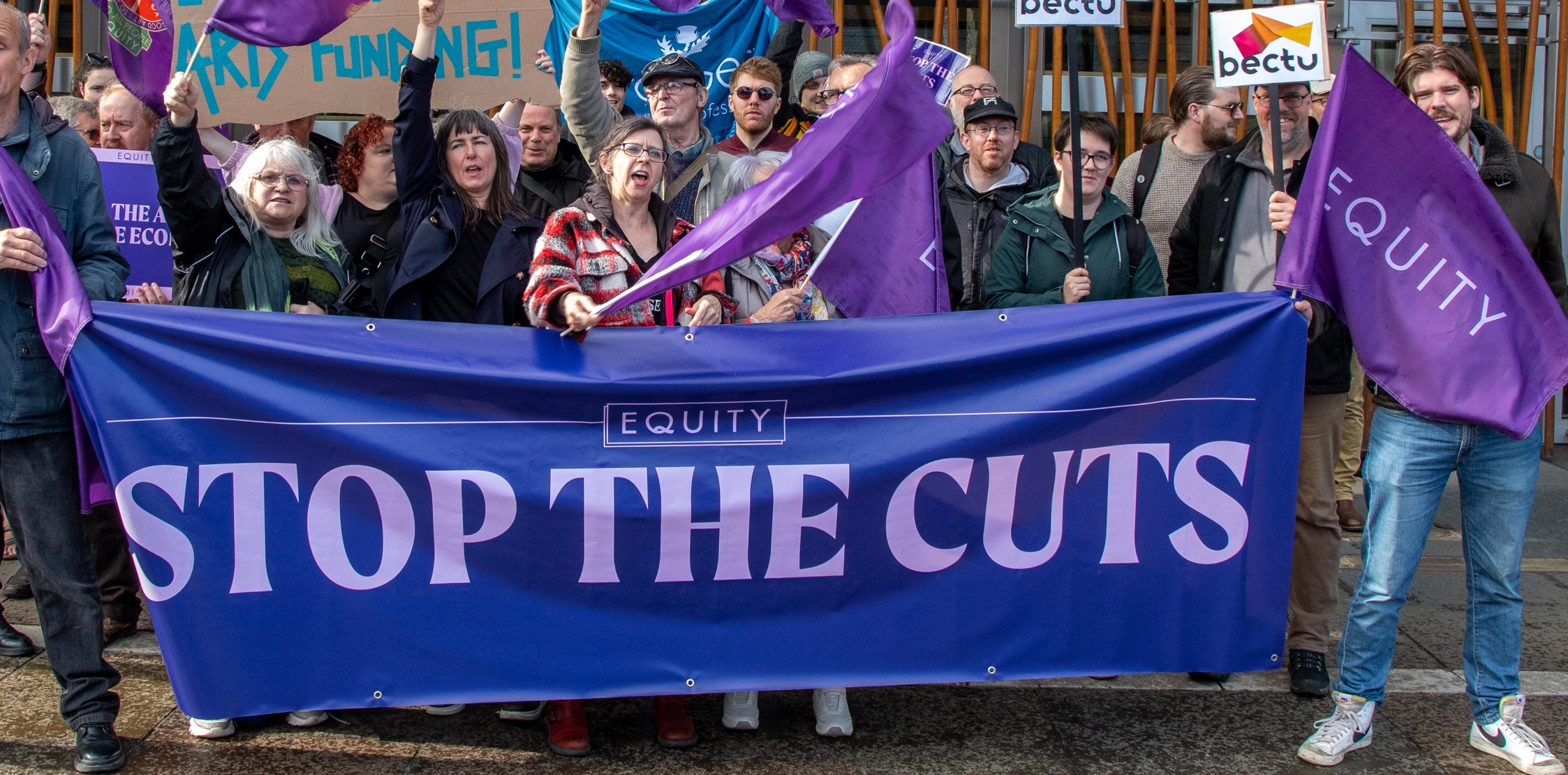
Lee recognised that government funding needed to increase to achieve world-class art for the masses. The white paper lamented that ‘we have been in the habit of financing some fields of the arts on no more than a poor law relief’ and set out clear funding commitments.
Wilson’s Government increased their grant to the Arts Council by 30% between 1965 and 1966.
Sixty years later and this funding increase now seems utopian. In 2024 Equity revealed that UK arts councils cut funding by 16% in real terms since 2017, with an 11% cut in England, a 30% cut in Wales and a 16% cut in Northern Ireland. Equity is asking the government to increase public funding for the performing arts and entertainment to the European average of 0.5% of GDP.
Delivering for every region
Lee warned of a regional imbalance in which arts and culture funding was focused exclusively on London. Lee wrote that:
if a sane balance of population between north and south, east and west, is to be achieved, this kind of [cultural] development is just as essential as any movement of industry or provision of public utility service.
Lee wanted ‘the eager and gifted… to feel as much at home in the north and west as in and near London’ and to achieve this ‘each region will require high points of artistic excellence’. Lee also promoted arts funding for Wales and Scotland.
The regional inequality that Lee considers has remained a central issue within the creative industries. Performing Arts for All, Equity’s manifesto for a thriving performing arts and entertainment industry, raises the need to regionalise arts funding. Alongside greater funding resources, the current funding model should be transformed into a federalised, regional structure.
Protecting local venues
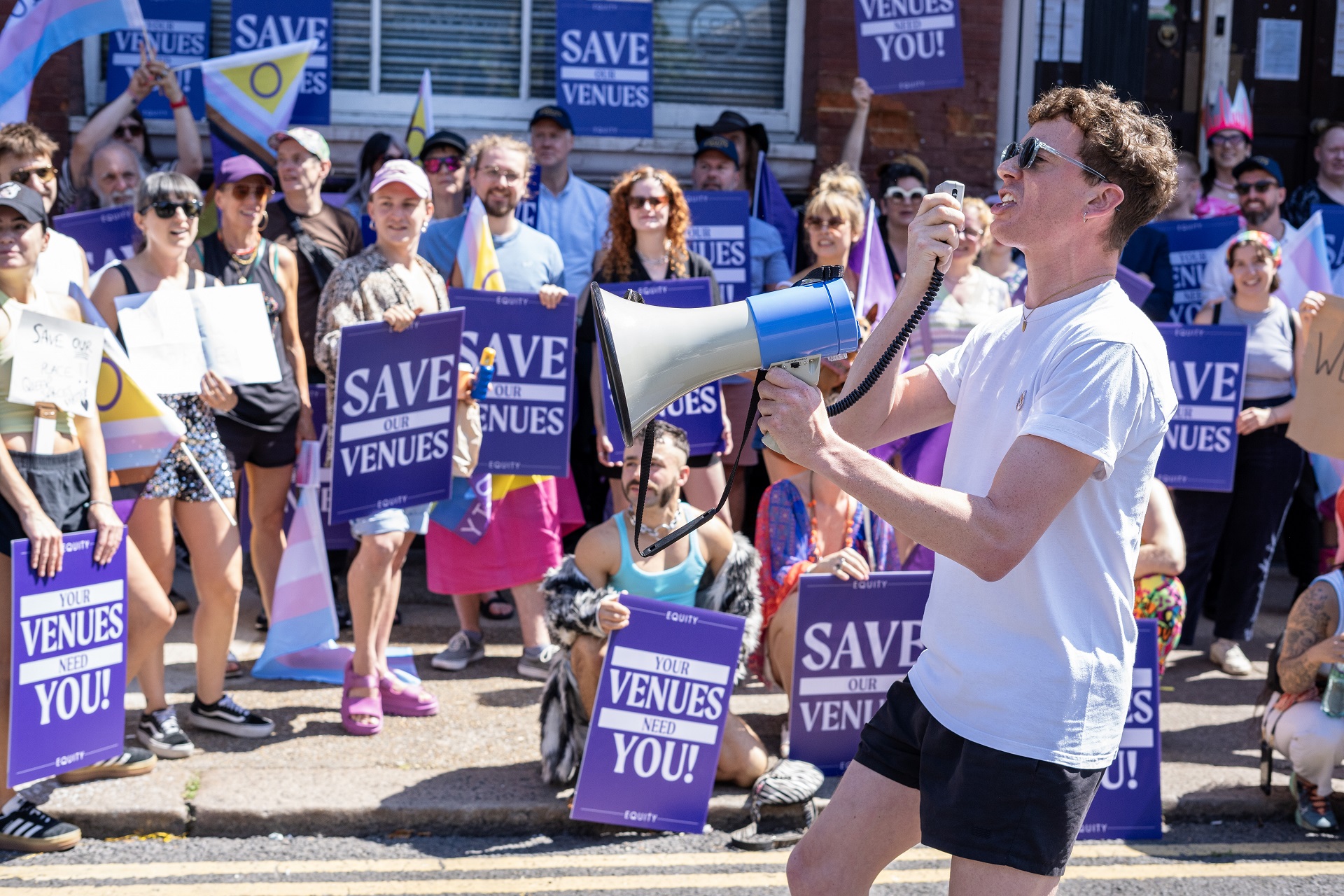
The white paper highlights the importance of maintaining, protecting and funding local venues, Lee writes that ‘there is a dearth of good local buildings for showing and practising the arts.’
The Wilson government established a building fund to allow local authorities and regional associations to build new venues.
In 2025 small venues are under threat, last year saw the closure of Applecart Arts in Newham and Equity’s campaign to save Bethnal Green Working Men’s Club continues. Equity’s Performing Arts for All manifesto calls for a funded theatre venue in every major town across the UK.
Automation for the people
In 1965 it was impossible to predict the impact that automation and then artificial intelligence (AI) would have on society, but Lee believed that automation would bring greater leisure and creative opportunities for ordinary people. Lee writes:
In an age of increasing automation bringing more leisure to more people than ever before, both young and old will increasingly need the stimulus and refreshment that the arts can bring. If one side of life is highly mechanised, another side must provide for diversity, adventure, opportunities both to appreciate and to participate in a wide range of individual pursuits.
Rather than using technology to increase artistic opportunities for people, successive governments have allowed AI to displace jobs and threaten performers’ intellectual property rights. Equity is campaigning to strengthen performers' rights in response to the rise of AI across the entertainment industry.
Pride in Arts
The overall effect of Lee’s Policy for the Arts was to make arts a part of everyday life that people would take pride in. ‘Everything must be done’. Lee wrote, ‘to enlarge the area of appreciation of the arts at the same time guarding against any lowering of standards.’
For Lee, arts should be celebrated, not as something remote that only the rich could experience, but as part of everyday life that could be seen in ‘advertisements, buildings, books, motor cars, radio and television, magazines, [and] records.’
Art should belong to the people, not ‘left to those whose primary concern is with quantity and profitability’.
Legacy and next steps
Reading Lee’s white paper after sixty years it is striking how the focus is on the social and cultural importance of arts; this is so different from current political thinking which prioritises economic impact. For instance, the 2016 Culture White Paper (the first white paper concerned with the arts in 51 years) focused on the real ‘immense economic value’ of the cultural sector whilst ignoring working conditions for performers and creative practitioners and failing to mention the impact of austerity and cuts.
The priorities set out by Lee are still issues that Equity campaigns on sixty years later. Equity’s Performing Arts for All manifesto also sets out the priority of ‘combat[ing] issues of sexism, racism and other forms of discrimination’ that Lee did not address. Equity’s manifesto also raises other issues effecting workers in the entertainment industries including ‘Abuses of power, and a sense of exclusion’ which ‘operate in many parts of the country, particularly among the working class, women, disabled people and those from ethnically and culturally diverse backgrounds.’
Sixty years after the publication of A Policy for the Arts, Lee’s vision is as relevant as ever. The gains that Lee introduced have been eroded by successive Conservative and Labour governments who neglected arts funding and devalued arts education, it was also weakened by a cultural landscape which no longer values working class participation.
Lee’s vision for the arts could still become a reality, but we must fight for it.

